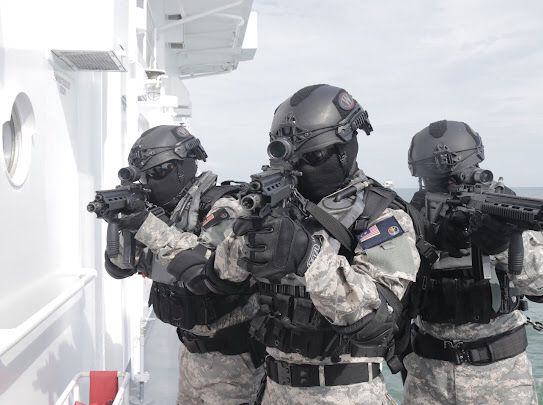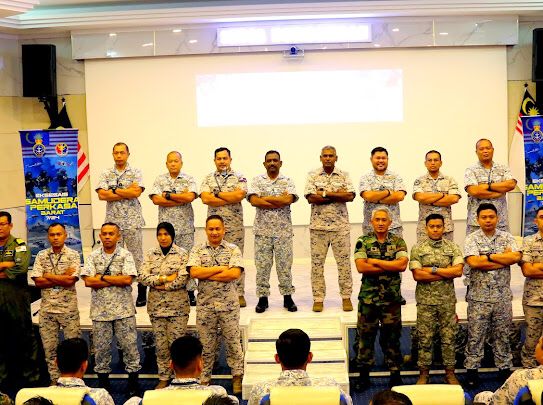

By Aida Aziz
Photo: TLDM
LUMUT: The Royal Malaysian Navy (TLDM) and Maritime Malaysia continue to enhance their strategic cooperation through the Western Ocean Exercise Samudera Perkasa 7/24, taking place from September 23 to 30.
Strategic Communication Division of the Lumut Western Fleet Command, Perak stated that the exercise aims to improve readiness and operational synergy between the two agencies.
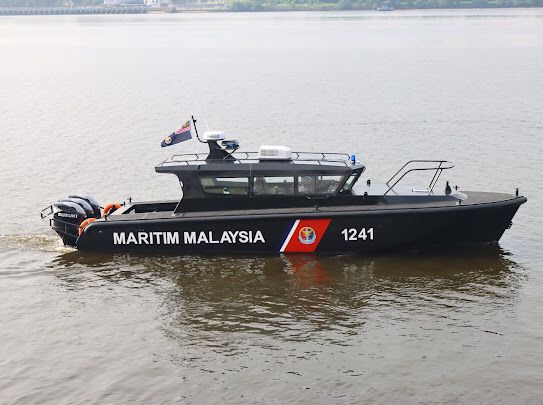

The focus includes aspects of warfare, maritime law enforcement, search and rescue operations, and addressing security threats in Malaysian waters.
“This exercise consists of two main phases: a Table Top Exercise and a Field Training Exercise, where both agencies will engage in strategic discussions and practical field training.
“The main focus is to ensure the effective implementation of operational procedures to address real threats in the country’s waters.
“Strategic assets from both agencies are involved, with TLDM deploying assets such as KD Mahawangsa, KD Gagah Samudera, Super Lynx and Fennec aircraft, Fast Combat Boats, and the Marine Special Operations Team (PASKAL).
“Meanwhile, Maritime Malaysia contributes assets like KM Tun Fatimah, KM Gagah, Dauphin AS365 N3 and Bombardier aircraft, Perkasa Boats, and the Special Action and Rescue Team (STAR Team),” it stated.
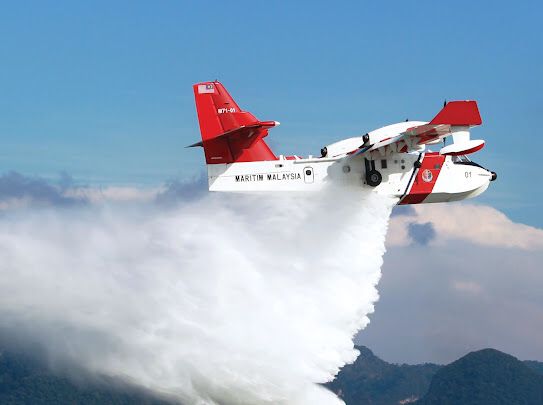

The opening ceremony of the exercise was officiated by the Deputy Commander of the Western Fleet, Rear Admiral Harisundar Rajoo, at the TLDM Warfare and Doctrine Center (PUSPED), TLDM Base on Monday.
Also present was the Deputy Director of the Maritime Enforcement and Coordination Division, Rear Admiral Vincent Rajamony.
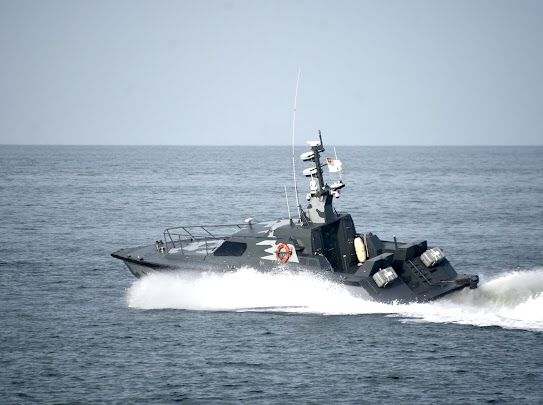

He further stated that this initiative emphasizes interoperability in maritime warfare and the effectiveness of maritime law enforcement operations.
“Through joint training, TLDM and Maritime Malaysia can refine procedures, enhance readiness, and strengthen capabilities to face threats such as incursions, smuggling, and maritime emergencies. This exercise also places special emphasis on national sovereignty and maritime warfare techniques.
“It ensures that both agencies are prepared to protect the country’s waters from any threats that could jeopardize Malaysia’s security and sovereignty,” he said.
